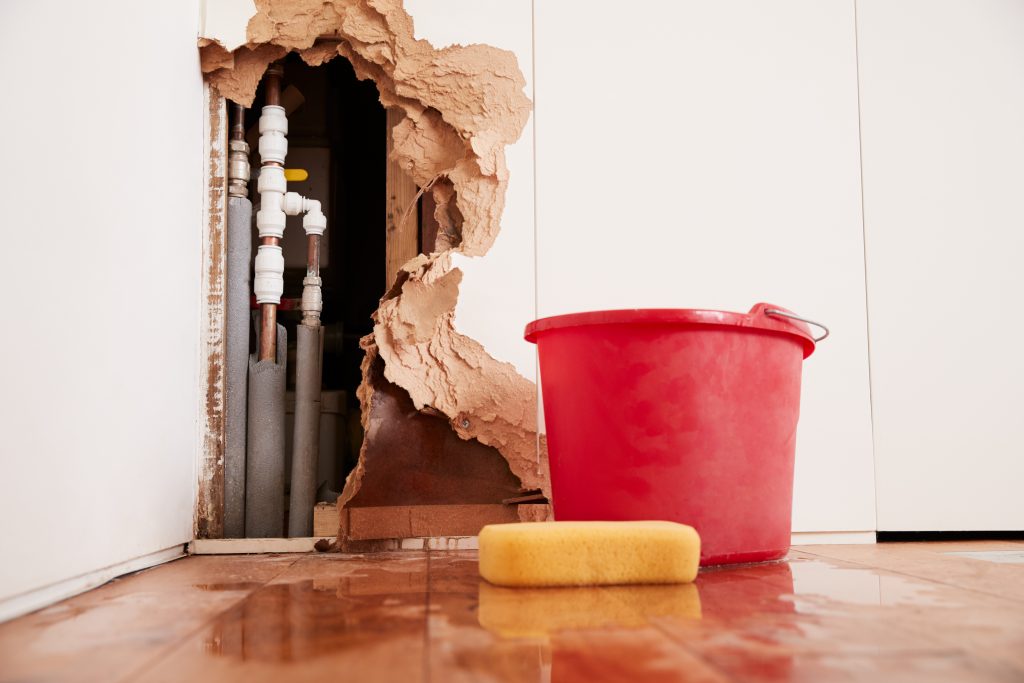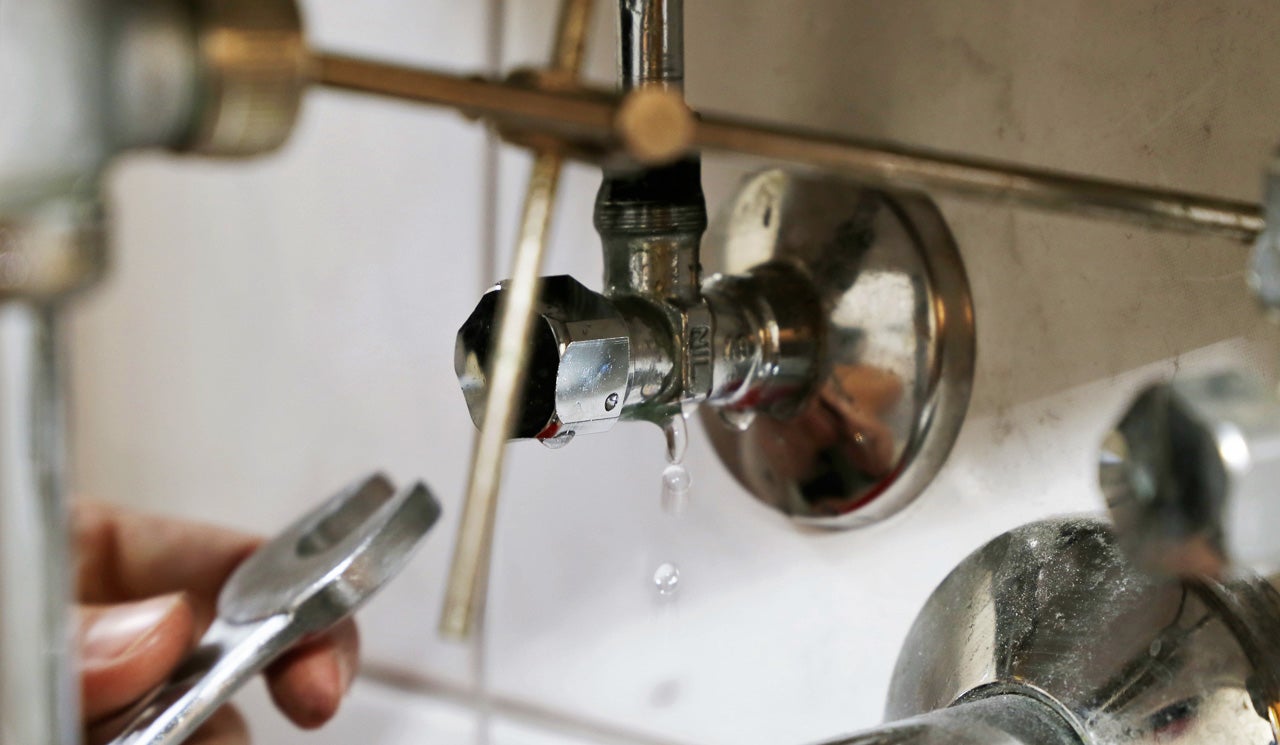6 Ways to Find Concealed Water Leakages in Your House
6 Ways to Find Concealed Water Leakages in Your House
Blog Article
What are your beliefs about Finding hidden leaks?

Early detection of dripping water lines can alleviate a potential disaster. Some tiny water leakages might not be visible.
1. Examine the Water Meter
Every residence has a water meter. Examining it is a guaranteed manner in which aids you uncover leaks. For beginners, switch off all the water resources. Make sure no one will flush, utilize the tap, shower, run the cleaning machine or dishwashing machine. From there, go to the meter and also watch if it will change. Because no one is using it, there should be no activities. If it relocates, that shows a fast-moving leakage. If you find no changes, wait a hr or two and check back once more. This implies you may have a sluggish leak that can also be underground.
2. Check Water Usage
Evaluate your water expenses and track your water usage. As the one paying it, you must discover if there are any type of disparities. If you find sudden changes, in spite of your usage being the same, it implies that you have leakages in your plumbing system. Keep in mind, your water bill must drop under the same range each month. An unexpected spike in your bill shows a fast-moving leak.
A constant boost every month, even with the exact same habits, shows you have a slow-moving leakage that's also slowly escalating. Call a plumber to completely inspect your property, specifically if you really feel a cozy location on your floor with piping beneath.
3. Do a Food Coloring Test
30% comes from bathrooms when it comes to water intake. Examination to see if they are running correctly. Decline flecks of food shade in the container and also wait 10 minutes. There's a leak in between the container as well as bowl if the color somehow infiltrates your bowl during that time without flushing.
4. Asses Outside Lines
Don't fail to remember to check your exterior water lines also. Ought to water permeate out of the link, you have a loosened rubber gasket. One tiny leak can throw away bunches of water and also spike your water expense.
5. Inspect and Examine the Situation
Home owners ought to make it a routine to examine under the sink counters and also even inside cabinets for any type of bad odor or mold development. These 2 red flags show a leakage so timely attention is required. Doing regular assessments, even bi-annually, can save you from a major problem.
Check for discolorations and weakening as the majority of home appliances and pipelines have a life span. If you think leaking water lines in your plumbing system, do not wait for it to intensify.
Early detection of leaking water lines can mitigate a potential catastrophe. Some small water leaks might not be visible. Inspecting it is a guaranteed way that aids you discover leaks. One little leakage can lose tons of water as well as increase your water bill.
If you believe leaking water lines in your plumbing system, don't wait for it to escalate.
How to Know If Your Home Has a Hidden Leak
Water Meter Reveals Inexplicable Water Usage
If you’d like to test whether or not there’s a leak somewhere in your home, you can do this using your water meter. Here is how to conduct the test:
Don’t use any water in your home for at least 30 minutes; this also means not turning on faucets or water-using appliances.
Go outside, and check your water meter for activity.
If your water meter shows that there was activity, even though no one was using any water, this proves that there is a leak in your home.Visible Mold or Mildew Growth
Leaks behind walls create moist, dark environments that allow mold and mildew to grow and thrive. Eventually, you might see mold growth forming on the wall closest to a hidden leak.
If mold is growing in an area that receives a high amount of moisture, such as a bathroom, it may simply be an indication that better ventilation is needed. However, if you see mold growth on a wall or the ceiling in an area where you would not expect, you probably have a hidden leak.
Musty, Mildew Odor
Sometimes you might not be able to see the mold or mildew that is growing as a result of a leak. However, the smell can give the problem away just as easily. If you catch a whiff of something musty, there’s a good chance that old water is collecting somewhere in your home that you can’t see.
Stained/Warped Walls, Ceilings, or Floors
When your home soaks up water, a variety of red flags can become visible, including ceiling stains, bubbling drywall, warped walls, and sagging floors. While these issues can be caused by excess humidity, they can also be signs that a pipe or plumbing connection has started leaking behind your walls.
Inexplicably High Water Bill
After a while, you get a general sense for what your water bill should be. If you own a pool or sprinkler system, your bill will tend to be higher during summer. However, if you receive a water bill that seems especially high, and you can’t figure out what caused it, then you may have a hidden leak somewhere that’s increasing your bill.
https://www.plumbingjoint.com/blog/2019/july/how-to-know-if-your-home-has-a-hidden-leak/

Hopefully you liked our section on Hacks to detect leaks. Thanks for taking time to read our piece of content. Enjoyed reading our post? Please share it. Let somebody else discover it. Kudos for your time. Kindly check our blog back soon.
Report this page